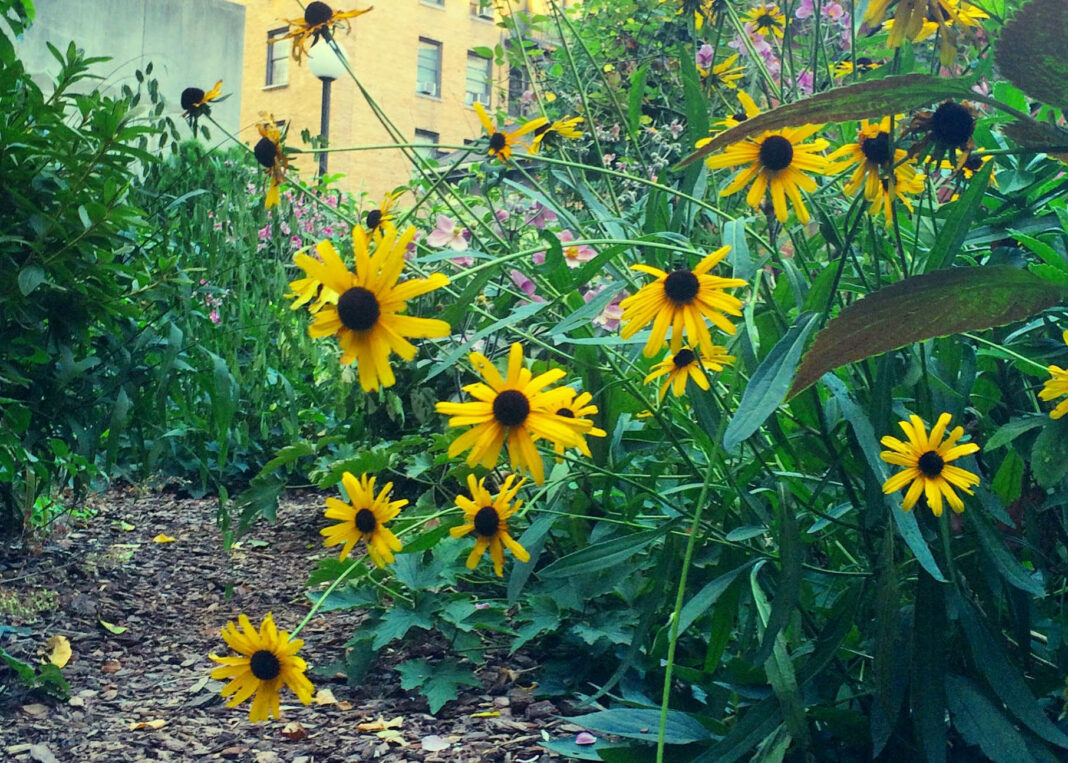The Garden Decoder: What Is ‘Ramial Mulch’?
When it comes to gardening, one term that you may have come across is ‘ramial mulch.’ But what exactly is ramial mulch, and how can it benefit your garden? In this article, we will decode the concept of ramial mulch and explore its uses in gardening.
Understanding Ramial Mulch
Ramial mulch, also known as twig mulch, is a type of mulch made from freshly pruned branches and twigs of deciduous trees. These branches are typically less than two inches in diameter and are shredded or chipped into small pieces. Ramial mulch is rich in lignin, cellulose, and other organic materials that make it an excellent addition to garden soil.
Benefits of Ramial Mulch
There are several benefits of using ramial mulch in your garden:
- Improved Soil Structure: Ramial mulch helps improve soil structure by increasing microbial activity and promoting the growth of beneficial organisms.
- Enhanced Nutrient Content: The organic materials present in ramial mulch release nutrients slowly, providing a steady supply of nourishment to plants.
- Increased Water Retention: Ramial mulch helps retain moisture in the soil, reducing the need for frequent watering.
- Weed Suppression: By forming a barrier on the soil surface, ramial mulch helps suppress weed growth naturally.
How to Use Ramial Mulch
Using ramial mulch in your garden is easy. Simply spread a layer of shredded twigs and branches around your plants, making sure not to pile it too close to the plant stems. Water the mulch after application to help it settle into the soil. As the ramial mulch decomposes, it will gradually enrich the soil and improve its fertility.
Conclusion
In conclusion, ramial mulch is a valuable addition to any garden. Its rich organic content, ability to improve soil structure, and various benefits make it an excellent choice for gardeners looking to enhance the health and productivity of their plants. Consider using ramial mulch in your garden to experience the positive effects it can have on your soil and plants.
FAQs
What type of trees are best for making ramial mulch?
Deciduous trees such as maple, oak, and birch are ideal for making ramial mulch due to their nutrient-rich branches and twigs.
How often should I apply ramial mulch?
It is recommended to apply a new layer of ramial mulch to your garden beds once a year to replenish nutrients and maintain soil health.
Can ramial mulch attract pests?
As long as the ramial mulch is properly aged and decomposed before use, it is unlikely to attract pests. Avoid using fresh, unprocessed branches and twigs as mulch to prevent pest issues.




